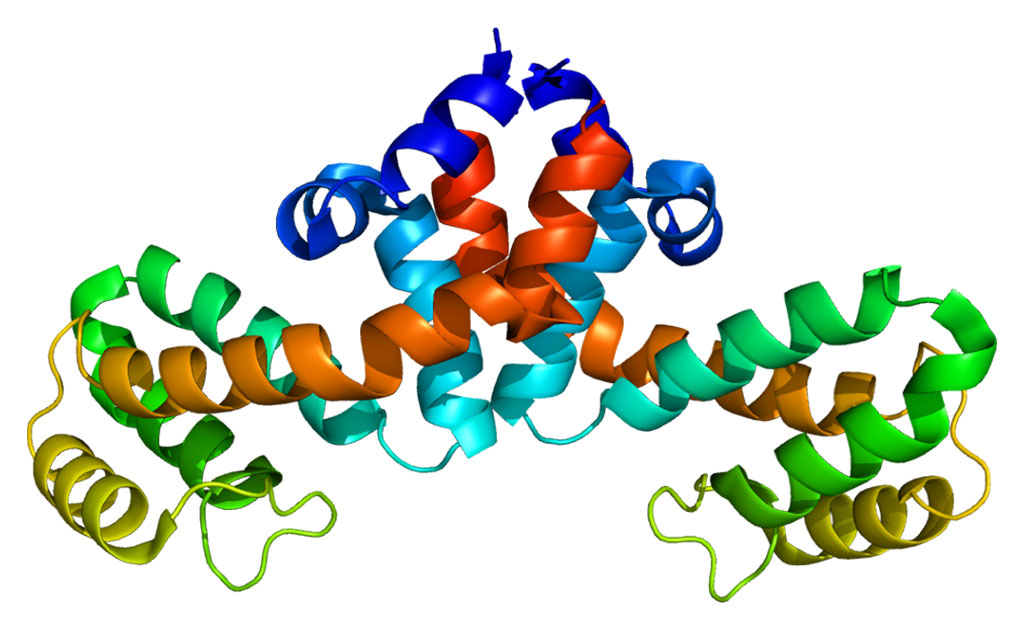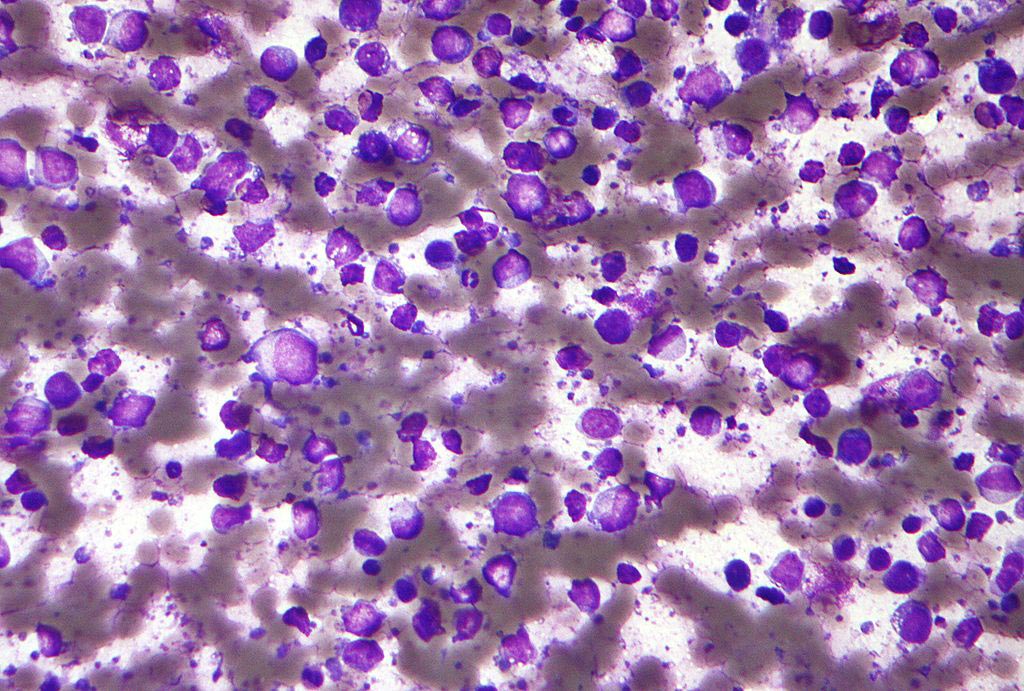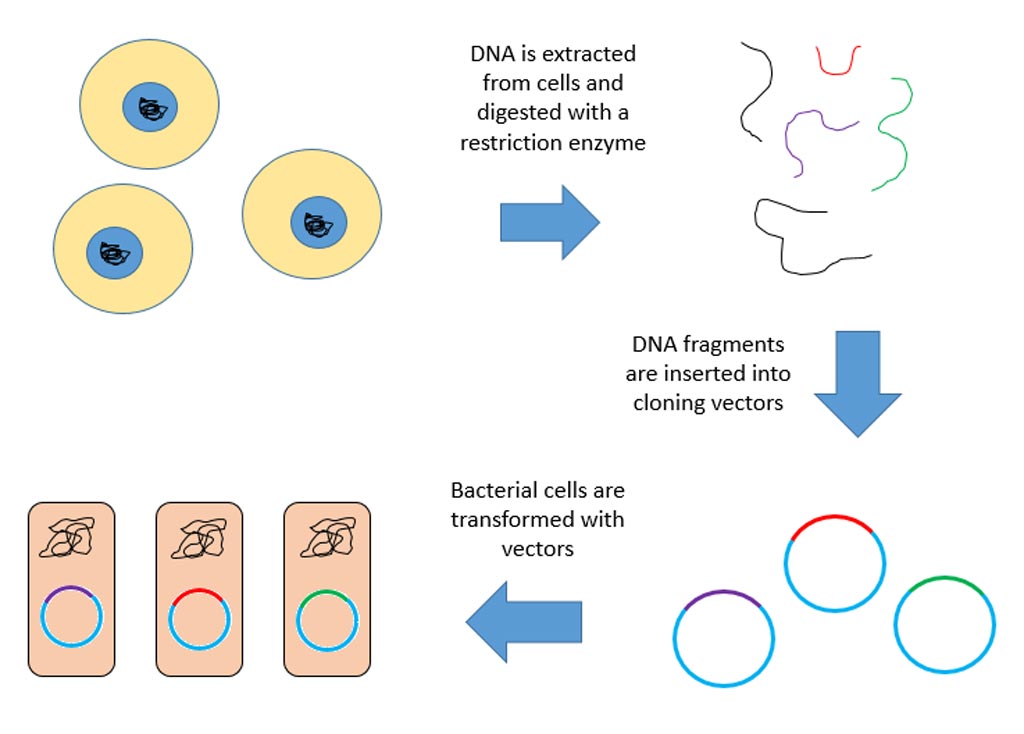Researchers Develop New Tool That Reads Live Brain Activity
By LabMedica International staff writers
Posted on 06 Mar 2013
Scientists have developed a system for observing real-time mammalian brain activity, providing a valuable new tool for studying basic brain processes and neurological medical problems and treatments, including neurodegenerative diseases such as Alzheimer's.Posted on 06 Mar 2013
Using a green fluorescent protein (GFP) expression marker and a microscope implanted in the brain, scientists at Standford University (Standford, CA, USA) have demonstrated a technique for observing in real-time the activity of hundreds of neurons in the brain of a live mouse. The researchers caused the neurons to express GFP from a vector engineered to be sensitive to calcium ions, which enter and flood neuron cells upon firing (activation) - the intracellular rise in calcium thereby causes the entire cell fluoresces. A tiny microscope implanted just above the hippocampus (critical for spatial and episodic memory) captures the light from roughly 700 neurons. A camera chip connected to the microscope sends a digital image to a computer screen, enabling the near real-time video observation of brain activity as the mouse runs around a small, enclosed “arena.” The scientists have deciphered clear patterns of neuron firings from what to others may appear to be a chaos of random firings.
"We can literally figure out where the mouse is in the arena by looking at these lights," said senior auther Mark Schnitzer, associate professor of biology and of applied physics at Stanford. When a mouse is scratching at the wall in one area of the arena, a specific neuron will fire and flash green. When the mouse scampers to a different area, the fluorescence from the first neuron fades while a different cell sparks. "The hippocampus is very sensitive to where the animal is in its environment, and different cells respond to different parts of the arena," said Prof. Schnitzer; "This is how your brain makes a representative map of a space."
The brain activity observed in this initial application of the technique has also been linked to long-term information storage. The team found that the neurons fired in the same patterns even after a month. "The ability to come back and observe the same cells is very important for studying progressive brain diseases," said Prof. Schnitzer. For example, if a particular neuron in a test mouse stops functioning, as a result of normal neuronal death or of a neurodegenerative disease, researchers could apply an experimental therapeutic agent and then expose the mouse to the same stimuli to see if the function returns. Although the technology cannot be used on humans, since mouse models are a common starting point for new therapies for human neurodegenerative diseases, Prof. Schnitzer notes that the system could be a very useful tool in evaluating preclinical research (the researchers have formed a company to manufacture the device).
The work was published February 10, 2013, in the online edition of the journal Nature Neuroscience.
Related Links:
Standford University














